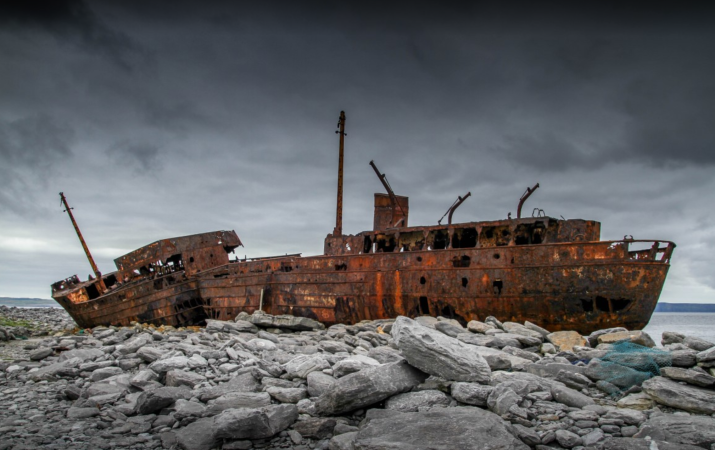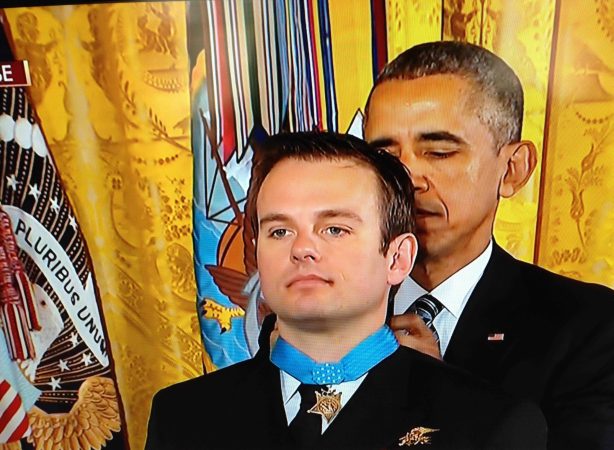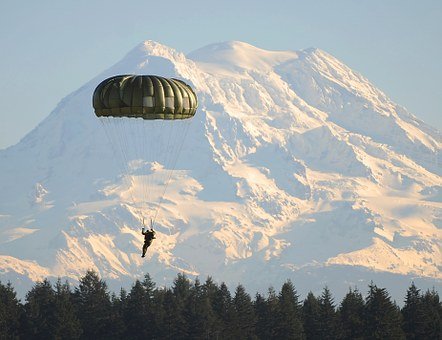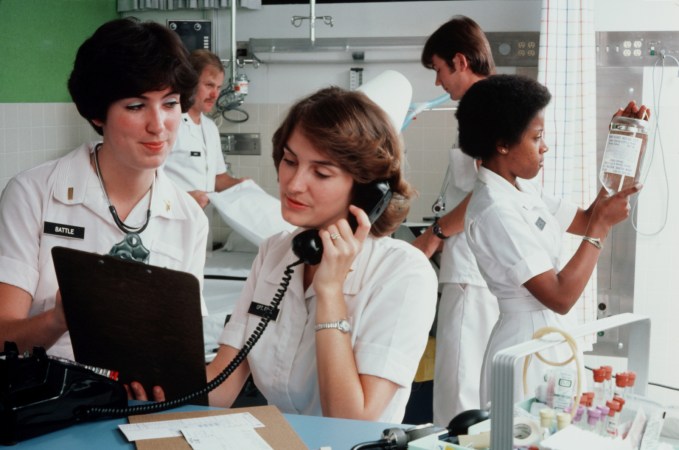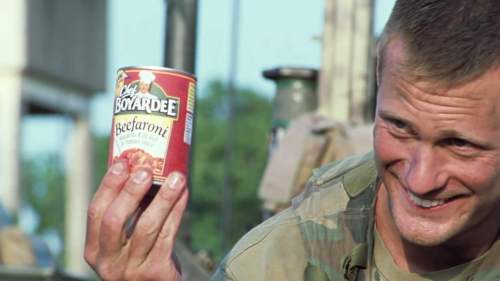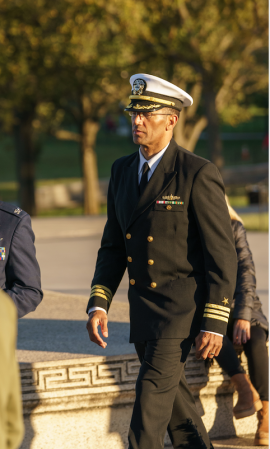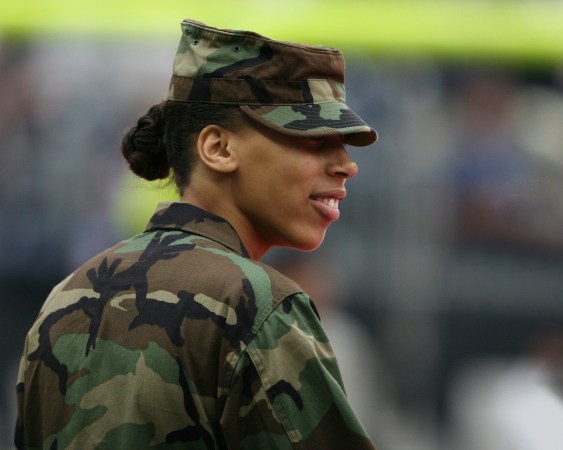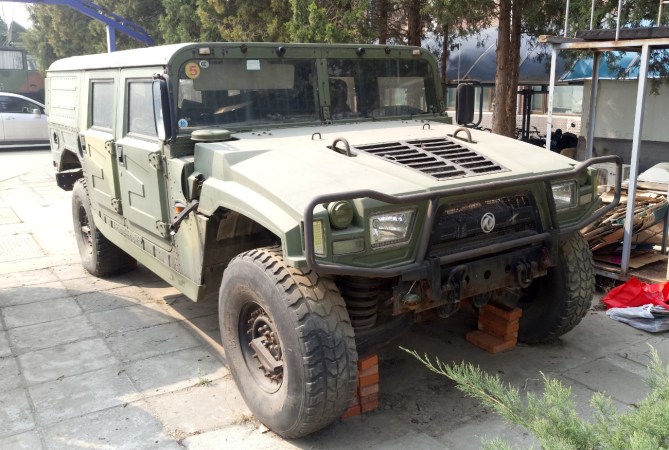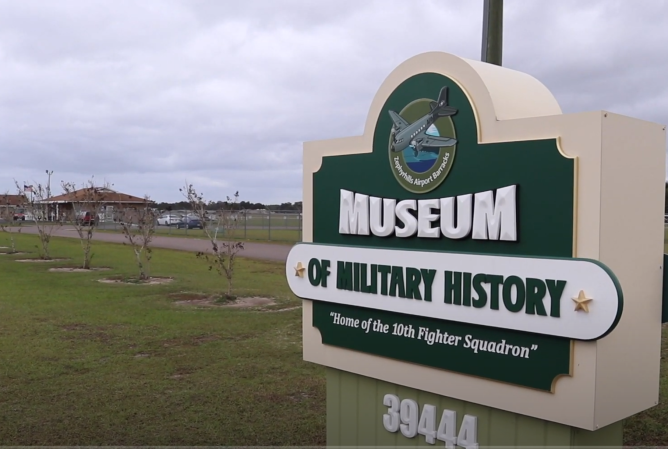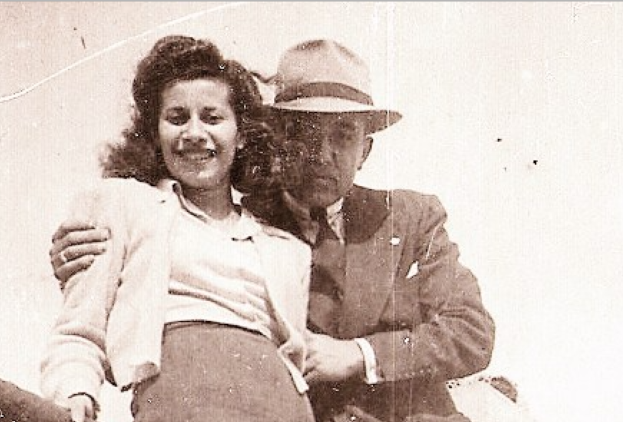When a teenager became seriously ill on a cruise ship hundreds of miles off the California coast, the call arrived at the 129th Rescue Wing in Silicon Valley. Within hours, the California Air National Guard unit would tally its 1,105th rescue.

From their Moffett Federal Airfield home in Mountain View, Calif., the 129th’s rescue squadrons operate the MC-130P Combat Shadow airplane and the HH-60G Pave Hawk helicopter. When paired with airmen highly-skilled in medical trauma and airborne ops — pararescuemen (fondly referred to as PJs) and combat rescue officers — these squadrons form “Guardian Angel” teams for peacetime or combat rescue at sea or on land.
Peacetime rescues, such as in remote mountainous terrain or vessels in treacherous sea conditions, can be just as high-risk as those in combat zones. Guardian Angel teams can venture 1,000 miles or more into the Pacific, rescues that require multiple aerial refuelings for helicopters and over-the-water parachute jumps into the Pacific to reach victims or stricken vessels.
That was the case in 2014, when Guardian Angels with the 129th were dispatched to rescue a 1-year-old toddler ill at sea; the child was on a 36-foot family sailboat that was sinking 900 miles west of the coast of Mexico due to damaged steering controls. PJs parachuted from an MC-130p turboprop with a raft they used to reach the sailboat.

The Navy joined in the mission, sending the USS Vandegrift to intercept the team, bring the toddler and her family to its medical department, and tow the sailboat to San Diego. The PJs got a ride back to shore, too.
The latest mission this week also was a rescue on the high seas. A 14-year-old passenger on the cruise ship Star Princess reportedly suffered seizures and required immediate but higher-level medical care. The ship was 450 miles off the coast.
The Coast Guard and the Air Force coordinated the rescue, sending two of the wing’s Pave Hawk helicopters — each with a two-person Guardian Angel team — to the cruise ship. But the long distance required those helicopters get refueled en route. A KC-130J Hercules refueler with the San Diego-based Marine Aerial Refueling Transport Squadron 352 launched from Miramar Marine Corps Air Station.
“What it takes to coordinate something like this is a massive undertaking, and it has to be done safely. Literally hundreds of people are involved,” Lt. Col. Kathryn Hodge, the mission medical director and flight surgeon, who flew on the mission, said in the news story.
When the Pave Hawks reached the cruise ship, the Guardian Angel PJs hoisted down to the deck, stabilized the teen, and hauled themselves back into the helicopter, along with the teen’s father. With refueling support from an MC-130P for the return flight, the rescue helicopter and team took the patient to Scripps Memorial Hospital in San Diego.
“It’s always good and you feel really rewarded at the end of the day. But that’s not why we do it. We do it so that others may live and to save lives however we can,” Master Sgt. Sean Kirsch, a PJ, said in the statement. “When you bring a 14-year-old American boy home to receive better medical care and he makes it there and he’s in stable shape or better than we you pick him up, is pretty rewarding.”

The 129th Rescue Wing took on the rescue mission in 1975. In September 2008, the 129th Wing was credited with rescuing 34 people (and 11 dogs) after Hurricane Ike struck the Gulf Coast. The following year, during a combat deployment to southern Afghanistan, the wing tallied more than 180 lives saved.
While its location, aircraft, and higher commands changed over the years, the 129th has maintained its role in rescue and personnel recovery for both state and federal missions.




